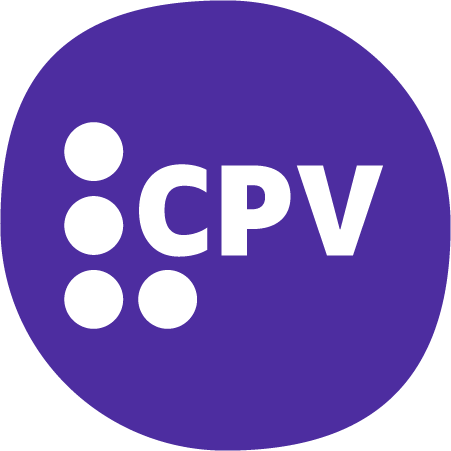Context
Access to healthcare is one of the fundamental rights of human beings. Indeed, the signing of the UN charter of July 27, 1946 stipulates that:
“One of the basic rights is the possession of the highest standard of health that a human being can achieve.”
Access to care can be defined as the ability offered to everyone to receive preventive or curative care without reference to a social situation or a state of health. The problem of access to care is particularly vital for the poor, those in precarious situations and for people with disabilities. Recent studies have shown that people with disabilities are marginalized in access care (Jacob, 2013). However, the law of February 11, 2005, specifies that:
“Every disabled person has the right to solidarity from the entire national community, which guarantees him, by virtue of this obligation, access to fundamental rights recognized for all citizens as well as the full exercise of his citizenship.”
Care is, of course, one of these fundamental rights. During this project, we will focus on two handicap situations which are strongly impacted by the difficulties of access to care: the mental handicap situation and the visual handicap situation. Indeed, people with mental disabilities are often very anxious about a medical consultation. They are very difficult to describe pain and its symptoms, to understand the diagnosis and treatment. People with visual disabilities are often in difficulty with mobility and urban accessibility. Going to a new place is very anxiety-provoking, reading a prescription, a drug leaflet is also very complex. The issue of associated cognitive impairment in these populations will also be addressed as an aggravating factor.
The brakes and obstacles encountered by people with mental or visual disabilities are therefore of multiple origin. In fact, people with disabilities are more affected by the lack of accessibility (Bussière, 2016):
- environmental and urban accessibility ((Popplewell & al, 2014; Grahal & Mann, 2008; Mudrick & al, 2012; Merten & al, 2015; Carillo & al, 2011),
- mobility problem,
- difficulty in finding a health professional trained in supporting people with specific needs The lack of knowledge of this population by health staff is a real obstacle to accessing care (Popplewell & al, 2014; Grahal & Mann , 2008; Mudrick & al, 2012; Merten & al, 2015; Carillo & al, 2011),
- difficulty verbalizing symptoms, describing pain,
- difficulty in understanding and using pharmacological treatments, diagnoses, etc.
All these difficulties are of course amplified with the question of aging and / or the presence of associated cognitive disorders.
As a result, these people, who have a higher need for access to care than the rest of the population. They have a higher morbidity and mortality rate (Prince & al, 2007), have more difficulty in achieving it (DREES, 2011; WHO, 2011; Lengagne & al, 2015). People with disabilities are not aware of changes in their state of health. In particular, the decrease in their visual acuity or their hearing capacity may not be perceived. By the time they realize it, it’s already too late! The main problem lies in particular in the lack of screening for this population (Bruggeman, 2008; Kancherla & al, 2013; Lengagne & al, 2014). As a result, women with disabilities are less likely to be screened for breast and cervical cancer (Andresen & al, 2013). Men with disabilities are less likely to be screened for prostate cancer (Hoffman & al, 2007; Ramirez, 2005).
Goals
- Determine all the elements (human, functional, organizational, urban, technical, etc.) inherent in the different care paths for these two populations.
- Model these routes by identifying the different stages and practical elements: finding a professional, making an appointment, going to the appointment, explaining your symptoms, understanding the diagnosis and / or treatment, observance of treatments, etc.
- Identify the restrictions on participation in the care pathways and identify the blocking elements with reference to the developed organizational modeling.
- Propose possible solutions to raise awareness, prepare and support people with disabilities and family and professional carers in order to lift the restrictions on participation: allow people with disabilities to remain involved in their care journey. This will include mapping the avenues that can intervene: human solutions, techniques, signage, urban, training, etc.
First results obtained
Two different care paths have been modeled. The results are presented as a downloadable document in pdf format.
- a document for people with mental disabilities (ADGESSA) which represents the course of care after a psychiatric crisis
- a document for people with visual disabilities (IJA) which represents the course of care for a consultation with a general practitioner
To access these documents, go to the project site: https://sites.google.com/a/ensc.fr/projet-innovcare/.
Consortium and actors involved
In order to approach our project systemically and holistically, we rely on a multidisciplinary consortium involving 3 types of partners :
3 academic partners
- IMS Laboratory (UMR CNRS 5218) (Bordeaux) – Cognitic team (specialized in HMI and universal and inclusive design, use and accessibility) and production team (specialized in organization modeling and engineering)
- IRIT Laboratory (UMR 5505) (Toulouse) – ELIPSE team (specialized in HMI and assistive technologies for the visually impaired)
- IPAL Laboratory (Singapore) – specialized in computer engineering and IoT and assistive technologies
2 user groups (professionals in the medical and paramedical sector, people with disabilities and their carers)
- ADGESSA (Bordeaux): association managing several establishments in the medico-social sector (sectors of mental and mental handicap and aging sectors)
- IJA (Toulouse): foundation with the objective of an education and training center for visually impaired people
2 start-ups :
- Yumaneed (cognitive start-up): GUI and accessibility, ergonomics and human factor
- Acthan (start-up – consultant): organizational advice and professional training
This project is funded by the Carnot Cognition springboard and FIRAH.
